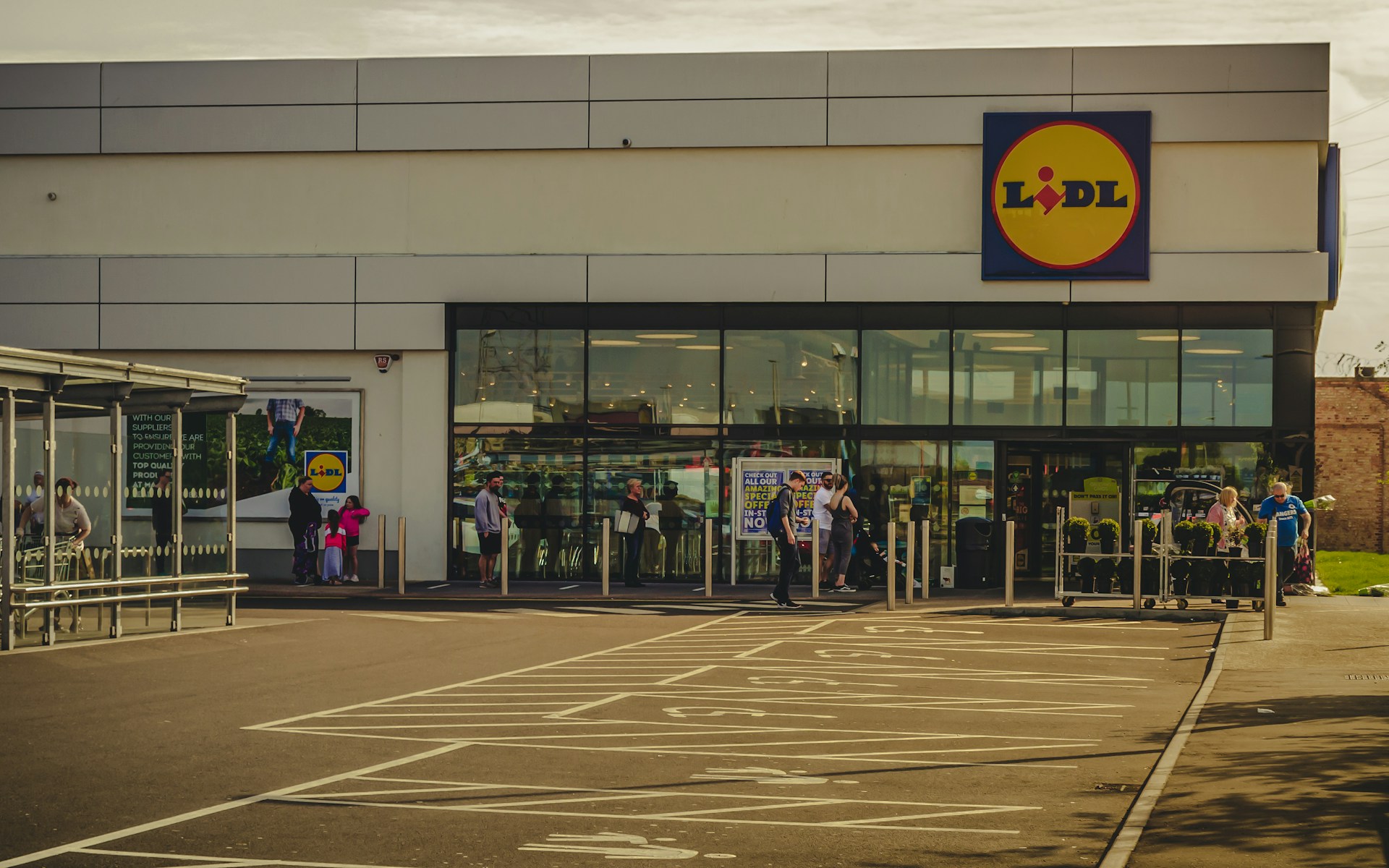Lidl recently launched a surprise price-cutting campaign that sent shockwaves through Germany’s retail sector. While the discount giant tried to position itself as a champion of consumers, the move has proven to be neither historic nor a direct assault on rival Aldi. In the end, it has left no clear winner – and for shoppers, there may be smarter ways to save.
It all began on a Saturday morning, when Lidl abruptly announced it would reduce the prices of several hundred products. These changes were implemented just days later, forcing competitors into action. Aldi Süd and Aldi Nord responded immediately by releasing their own list of a hundred discounted items. Other retailers, including Rewe and Edeka, scrambled to follow suit, adjusting prices as quickly as possible to avoid losing customers.
This rapid reaction across the industry is, in fact, the only tangible result of Lidl’s campaign. According to analysts, all major grocery chains involved in the price war are now facing a combined revenue loss estimated at over €1.6 billion.
And Lidl itself has not emerged any stronger. After a few short days, prices for comparable items across all supermarkets had once again reached near-identical levels. With Germany’s dense network of supermarkets, discount chains constantly monitor one another’s pricing strategies and quickly adapt to any changes.
What Lidl’s campaign has ultimately revealed is the hyper-competitive and reactive nature of the German grocery market. It was less a bold attack and more a costly ripple effect – one that, while grabbing headlines, offered no lasting gain to retailers or significant new savings to consumers.
